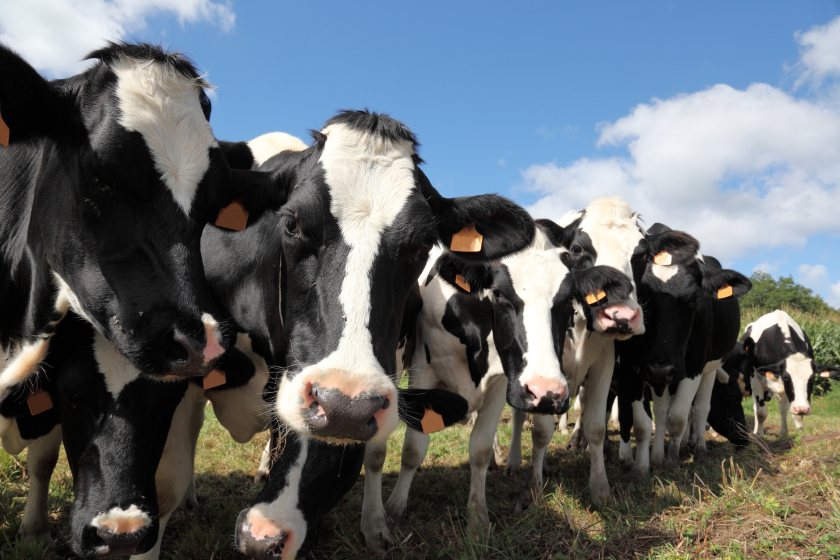
British dairy farmers have cut lameness, improved udder health and boosted cow comfort in the first two years of a national welfare strategy, according to a new progress report.
The two-year review of the UK Dairy Cattle Welfare Strategy highlights clear advances across farms in reducing lameness, strengthening udder health and improving overall cow comfort.
Launched in 2023 by Ruminant Health and Welfare (RH&W) with the backing of NFU, AHDB and 19 industry signatories, the strategy set out six ambitious welfare goals covering healthy feet, thriving cows, healthy udders, comfortable cows, appropriate nutrition and positive welfare.
RH&W chairman Gwyn Jones said the initiative was designed to improve welfare across the national herd and maintain Britain’s standing as a global leader.
“The review and progress report shows key milestones achieved so far, and how farmers, vets, researchers, government bodies and stakeholders throughout the entire dairy supply chain are working together to continue moving in the right direction,” he explained.
One of the most notable developments has been the launch of the GB Dairy Cow Lameness Manifesto in January 2025. Now supported by more than 25 industry signatories, the document sets out 21 action points across four strategies. The aim is to cut lameness prevalence to below 5% in 95% of herds by 2044.
Dr Alison Russell, animal welfare scientist at AHDB, highlighted the practical steps being taken. She said industry input had led to the accreditation of two new foot trimming qualifications by LANTRA, with 362 farmers completing the training since 2024.
The Register of Mobility Scorers has also expanded to 860 accredited members, while the AHDB’s Healthy Feet Programme continues to grow.
“These developments further demonstrate the industry’s commitment to advancing skill-based, welfare improvements at farm-level with a particular focus on lameness,” Dr Russell said.
For Carmarthenshire farmer Richard Twose, the benefits are already tangible. Managing a herd of 400 pedigree Holsteins and more than 200 followers, he has prioritised mobility improvements through the Healthy Feet Programme.
“A team effort and zero tolerance towards lameness, focused attention to detail, plus simple protocols and procedures have together made a great difference to overall herd foot health,” he said. Mr Twose reported a 30% drop in lameness cases, with marked reductions in digital dermatitis, sole ulcers and white line disease.
The review also points to better udder health, reflected in lower somatic cell counts and a decline in mastitis cases. Cow comfort has improved too, with fewer lesions, swellings and hair loss reported.
On the welfare front, more farms are providing opportunities for cows to display natural behaviours, such as using mechanical brushes and accessing outdoor areas.
“There is much to celebrate,” Mr Jones said, while acknowledging that economic and environmental pressures still weigh heavily on farmers.
He added that “innovation and technology also present exciting opportunities for the future,” arguing that these advances, combined with collaboration across the sector, can raise welfare standards while improving efficiency.
